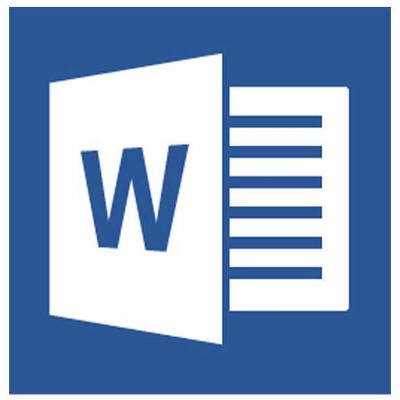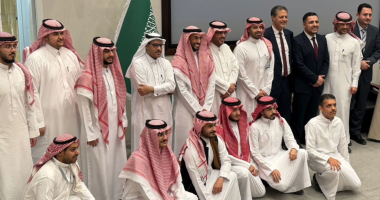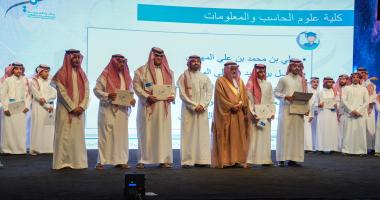SWE496- Graduation Project I
SWE496 Project I
The following are characteristics of excellent work on the corresponding key criteria in the evaluation of the written report part of SWE 496 – Graduation Project Evaluation Form.
Overall Organization and Presentation
-
Report should be coherent and well organized following the provided report template.
-
Grammar, spelling, punctuation and formatting should be flawless, which allows the reader to focus on the message.
-
Figures and tables should be numbered appropriately and captions should be used to explain the corresponding figures and tables.
QA Plan
-
The quality plan should list the types of reviews (inspections, walkthroughs, etc.) that will be performed.
-
Sample written reports of the review findings and follow up on the inclusion/correction of all findings should be included.
-
The testing section should include a rough test plan. The test plan should also define several test cases for the important use cases.
Realistic constraints and risk assessment
-
Constraints:
-
Relevant technical and/or resource constraints should be listed.
-
Listed constraints should be professional; personal and subjective constraints like “we have several courses this session” should not be mentioned.
-
-
Risk Assessment:
-
Relevant technical, human resource, and project stakeholders and environment’s risks should be listed.
-
Likelihood and impact should be numerically stated.
-
Avoidance and/or mitigation plans should be determined.
-
Monitoring procedures should be clearly defined.
-
System analysis Requirements:
-
Requirements:
-
Important requirements should not be missed.
-
Requirement statements should be clear (there should be no ambiguity).
-
Requirement statements should be written using a consistent style.
-
Non-functional requirements should be measurable (fit criteria should be defined).
-
Requirements should be well-organized. Merely listing a large number of requirements without any organizing effort should be avoided.
-
Types of requirements should be defined (functional, non-functional, and design constraints)
-
Requirements should be abstract (avoiding making unnecessary design decisions).
-
-
Use Case Model:
-
All use cases should be found. The elaborated use cases should meet all functional requirements.
-
Use cases should have unique, intuitive, and explanatory names.
-
The UC diagram should use correct UML notation.
-
Use case relationships should be correct (e.g., includes and extends relationships).
-
UC descriptions of basic and alternative flows should be clear and correct. In particular, use case preconditions and post-conditions should be stated correctly.
-
UC descriptions of basic and alterative flows should be abstract (avoiding making unnecessary design decisions). In particular, statements like ‘click a button’, ‘move mouse’, ‘open window’, etc. should be avoided.
-
-
Analysis Class Model:
-
An interaction diagram (sequence diagram) should be used to develop the analysis class model individually for every important use case.
-
Analysis class diagram should use correct UML notation.
-
Analysis class diagram should include all necessary boundary, control, and entity classes.
-
Analysis classes should include all necessary attributes and operations. Attribute types and method signatures need not be defined at this stage.
-
Design and Architecture:
-
Architecture Design:
-
Logical layers/subsystem design should be clearly defined.
-
The design should show relationships/connections between layers/subsystems.
-
Appropriate architectural style should be chosen. The choice should be justified.
-
Alternative styles should be discussed (if applicable).
-
Constraints that affect the way the architecture can be implemented should be discussed (if applicable).
-
-
Detailed Design:
-
Detailed class diagram should be based on the analysis classes identified earlier.
-
Detailed information of each class should be clearly defined such as:
-
Data attributes
-
Operations (parameter and return types should be defined)
-
Data structures
-
Algorithms (if applicable)
-
-
Database design should describe the necessary tables and columns.
-
Mock-up Interface:
-
User interface mockups should be used to illustrate the most important use cases.








